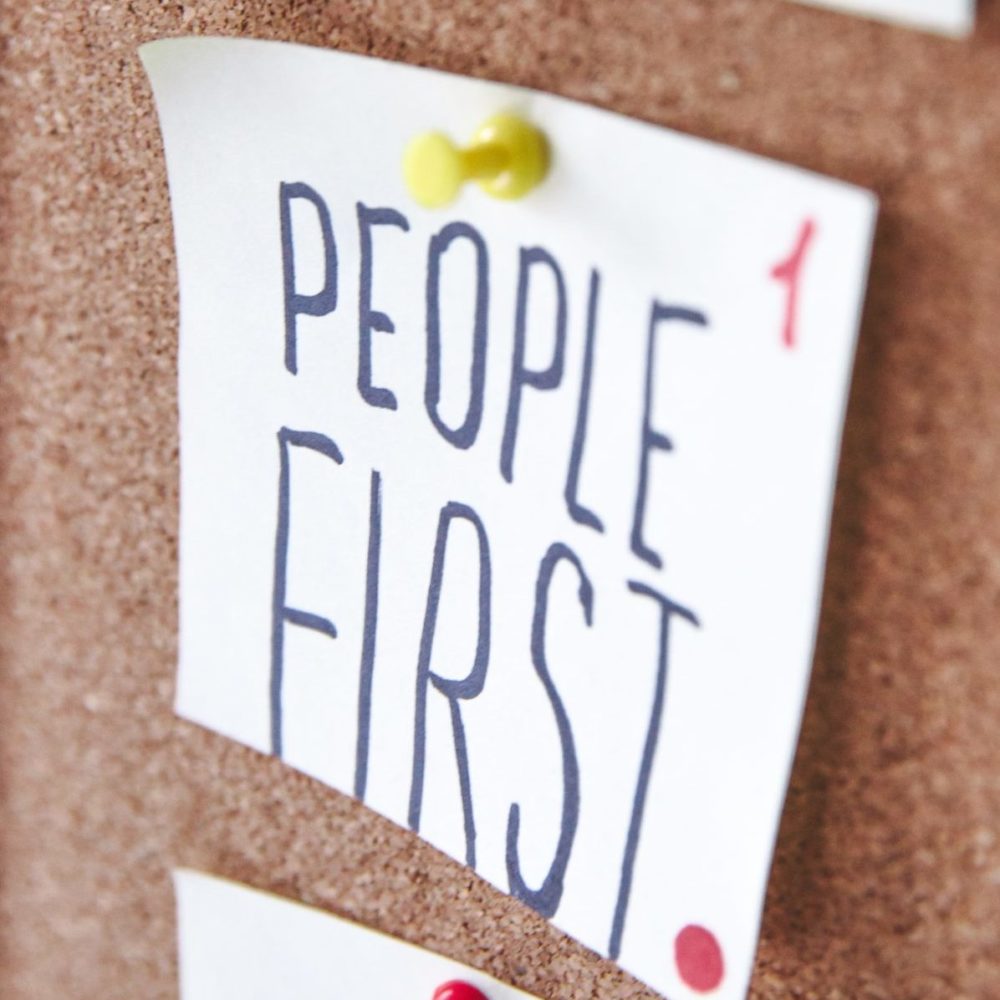Products are made to be used. This applies to the design of any product, be it a hammer, a school bus, or the latest social media app. Products need to achieve their most practical functions, but if they were all purely utilitarian, we’d surely live in a lackluster world.
At the same time, products designed only for aesthetics, while delightful to the eye, may be impractical to use or even wasteful. Have you ever purchased a fancy chrome appliance that malfunctioned in less than a year? Or downloaded a colorful app that confused you at every turn? The frustration you felt is familiar to us all.
Dieter Rams, the renowned German industrial designer, wrestled with this matter decades ago. Known for a design philosophy he summarized as “less, but better,” he took issue with the design world of the late ‘70s, calling it an “impenetrable confusion of forms, colours, and noises.” Seeking to clarify his role as a conscious, sustainable designer, he created 10 principles for good design.
According to Rams’ thinking, good design is:
- Innovative
- Useful
- Aesthetic
- Understandable
- Unobtrusive
- Honest
- Long-lasting
- Thorough down to the last detail
- Environmentally friendly
- As little design as possible (less is more)
Rams’ 10 principles help designers create products that are lean and purposeful. You can see his method embodied in his work for the brands Braun and Vitsoe, often on view in modern art museums throughout the world. He has also influenced the work of Apple designer Jonathan Ive, and Rams has called Apple one of the few companies that understand and practice good design.





![Everything is agile [updated]](https://limetech.co/storage/2021/11/yogendra-singh-0WYnzbYIRK0-unsplash-550x309.jpg)
![Nice to meet you, color! Color terminology explained. [updated]](https://limetech.co/storage/2021/09/reuben-4CCJ-NOUkB0-unsplash-1-496x330.jpg)